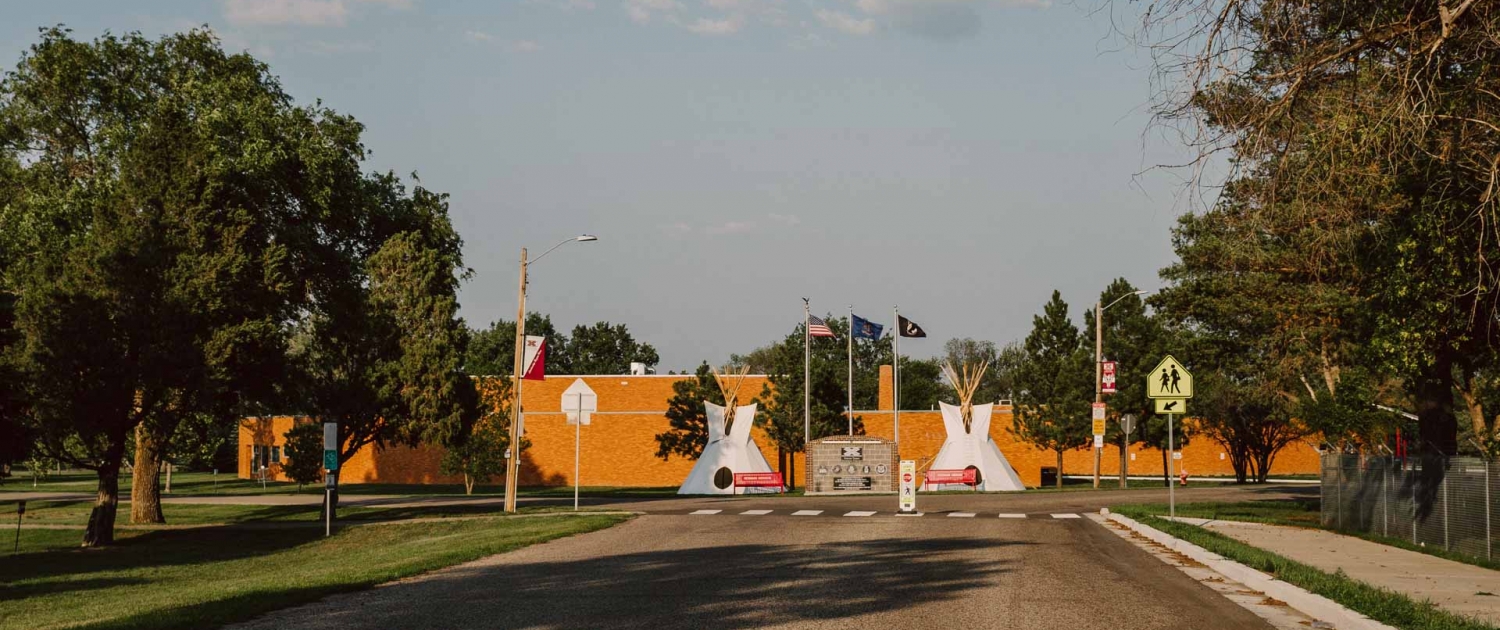In October 2025, the Bismarck-area education system is grappling with one of its most intense teacher-shortage moments yet: schools across Burleigh County are seeing an uptick in vacancies, heavy workloads, and educators signaling they may leave. Meanwhile, state lawmakers in Bismarck are responding with emergency proposals to improve pay, reduce burden and recruit new talent.
Teacher shortages have been an issue in North Dakota for years. The North Dakota Department of Public Instruction noted that beginning the 2019-2020 school year, the Education Standards & Practices Board declared all academic areas needing a license as having a shortage.
In spring 2025, the teacher union North Dakota United warned that North Dakota’s average public-school teacher salary ranked 40th in the nation, making retention and recruitment much harder.
Now in Bismarck and its surrounding areas, the effects are visible: fewer applicants per open teaching job, especially in special education, STEM, and rural campuses; schools scrambling to fill slots; and districts leaning on stop-gap strategies like allowing student teachers to lead classes.
The state legislature is considering new rules to limit special-education teacher workloads after a study found nearly 9 in 10 special-ed teachers statewide say they’re overwhelmed and almost half are considering leaving the profession.
In Bismarck specifically, administrators across the district say recruitment is down and veteran teachers are seeing significantly increased pressure due to higher turnover and unfilled positions.
Local schools report longer-term substitutes, increased class-sizes in harder-to-fill subjects, and growth in “adjunct” or part-time teacher hiring to bridge gaps.
Recruitment efforts are targeting non-traditional educators, retirees, and those willing to move into underserved fields — even as salary concerns linger.
“If we can’t retain special-ed teachers, we simply cannot ensure those services for our students — it becomes a domino.” — Mary McCarvel‑O'Connor, Director of Special Education at the ND DPI.
Shortages impact classroom stability: more frequent teacher changes, substitutes, or mixed-role assignments.
Students with special needs are especially vulnerable when specialist educators leave or overloads rise.
For working parents and community members in Bismarck, this means potential declines in school quality and added pressure on extracurriculars or support staff.
Recruiting teachers to Bismarck & Burleigh County becomes more competitive when pay and conditions are less competitive than national averages.
The local economy: Schools are a major employer, and weak recruitment or high turnover can ripple into community sentiment and real estate (teachers choosing to live elsewhere).
“I’ve been in the classroom 15 years in Bismarck, and I’ve never seen the pipeline this thin. Every year fewer students go into education and many of us wonder whether we’ll stay.” — Veteran teacher, Bismarck Public Schools (requested anonymity)
Local business and civic groups are being asked to weigh in on how to make Bismarck more attractive to educators (housing, daycare, quality of life).
Bismarck’s teacher-shortage challenge isn’t just a statewide statistic—it’s playing out in local classrooms, hallways and teacher lounges. But the community is not idle. With legislation moving, district innovations underway, and local voices sounding the alarm, the push to stabilize and strengthen Bismarck’s educator workforce has begun. If schools, policy-makers and the community collaborate, there’s real hope to reverse the tide—and ensure students in Bismarck and Burleigh County get the consistent, high-quality instruction they deserve.

